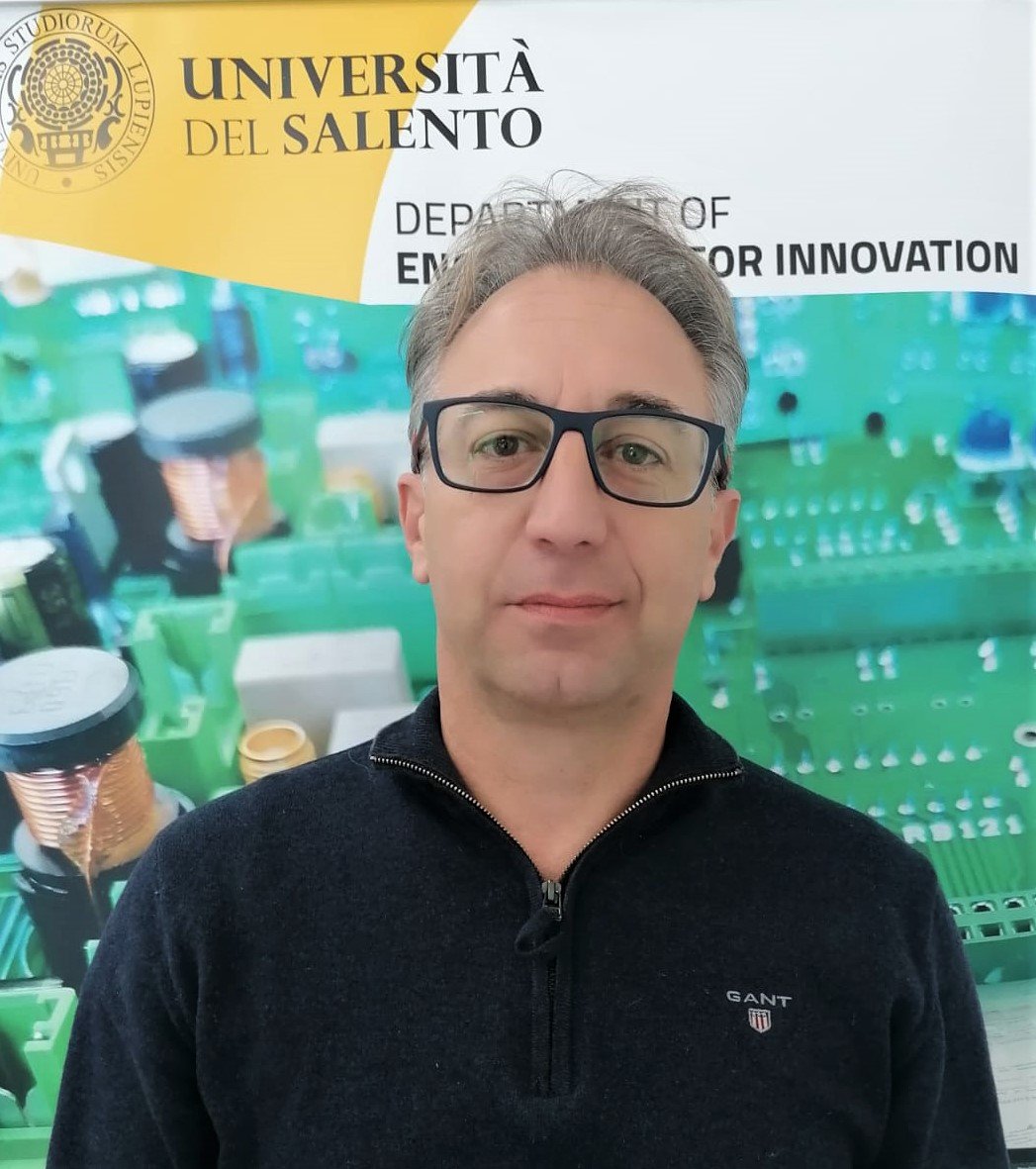Advances in Biomedical Instrumentation: Diagnosis, Therapy, and Rehabilitation (Featuring Selected Contributions Presented at the BEI-2023 Conference)
A special issue of Bioengineering (ISSN 2306-5354). This special issue belongs to the section "Biofabrication and Biomanufacturing".
Deadline for manuscript submissions: closed (15 April 2024) | Viewed by 1844
Special Issue Editors
Interests: biomolecular engineering; biochip implant biocompatibility; in vivo biosensors; cell-based sensing; electronic nose; brain tumor biochip; bioelectronic devices and bioelectrochemistry
Special Issues, Collections and Topics in MDPI journals
Interests: fault detection; sensor technologies; measurement techniques; monitoring and measurement systems; testing and characterization components; systems and monitoring equipment
Special Issues, Collections and Topics in MDPI journals
Interests: polymer synthesis; supramolecular materials; biomaterials; stimuli-responsive materials; drug delivery; tissue engineering; sustainability
Special Issues, Collections and Topics in MDPI journals
Special Issue Information
Dear Colleagues,
This Special Issue is dedicated to recent developments and advancements in biomedical engineering instrumentation.
The main topics include the instrumentation used in biofabrication and biomanufacturing; advanced biomaterials; biochemical, cellular, molecular and tissue engineering; health monitoring and wearable systems; rehabilitation engineering and clinical engineering; biomedical imaging, image processing and visualization; biosensor technology, bio-signal processing and analysis for diagnostic purposes; bioelectrical and neural engineering; and AI biomedical devices.
Sincerely,
Prof. Dr. Anthony Guiseppi-Elie
Dr. Andrea Cataldo
Dr. John G. Hardy
Guest Editors
Manuscript Submission Information
Manuscripts should be submitted online at www.mdpi.com by registering and logging in to this website. Once you are registered, click here to go to the submission form. Manuscripts can be submitted until the deadline. All submissions that pass pre-check are peer-reviewed. Accepted papers will be published continuously in the journal (as soon as accepted) and will be listed together on the special issue website. Research articles, review articles as well as short communications are invited. For planned papers, a title and short abstract (about 100 words) can be sent to the Editorial Office for announcement on this website.
Submitted manuscripts should not have been published previously, nor be under consideration for publication elsewhere (except conference proceedings papers). All manuscripts are thoroughly refereed through a single-blind peer-review process. A guide for authors and other relevant information for submission of manuscripts is available on the Instructions for Authors page. Bioengineering is an international peer-reviewed open access monthly journal published by MDPI.
Please visit the Instructions for Authors page before submitting a manuscript. The Article Processing Charge (APC) for publication in this open access journal is 2700 CHF (Swiss Francs). Submitted papers should be well formatted and use good English. Authors may use MDPI's English editing service prior to publication or during author revisions.








